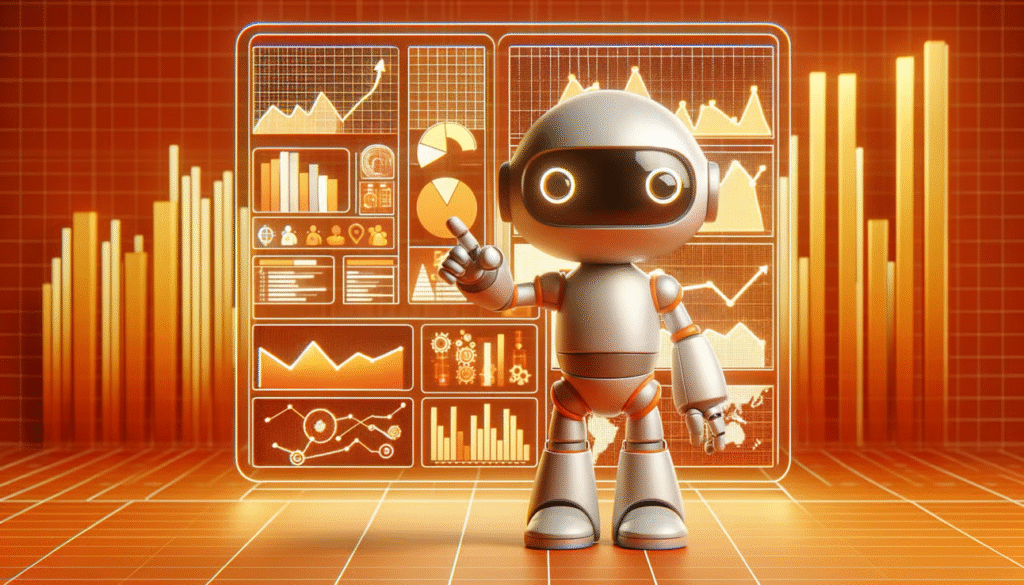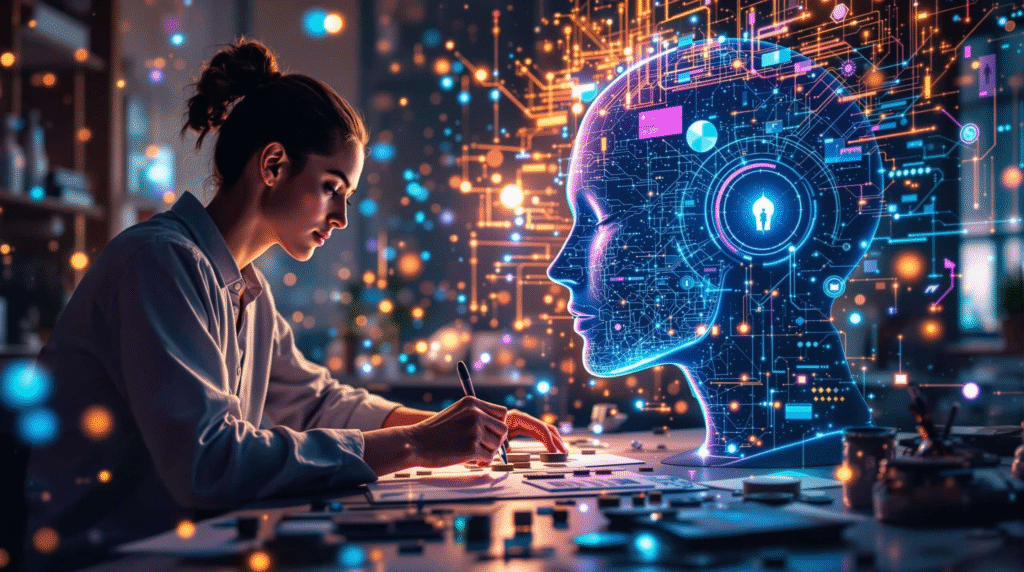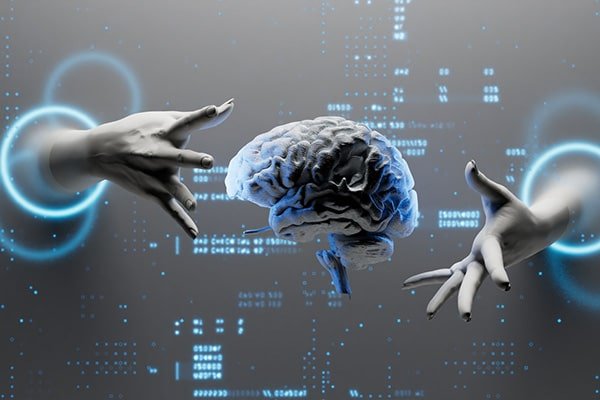Let’s Start Here: What’s Happening?
Not long ago, only humans could write stories, paint art, or design ads. Now? Generative AI tools can do all that—and more. Think of tools like ChatGPT, DALL·E, or Midjourney. These tools create stuff—text, images, music, even video.
In 2025, they’re better than ever. That’s why people in creative jobs are paying attention.
So, What Is Generative AI Exactly?
Generative AI is software that makes new content. You give it a prompt (a short input), and it gives you something new in return.
It can:
- Write articles, stories, or emails
- Design logos and posters
- Create music and voiceovers
- Make videos or animations
And it can do it in seconds.
How It’s Changing Creative Work
People in creative jobs are already using AI every day. Here’s how it’s making a difference:
1. Writers Get a Head Start
Writers use AI to:
- Draft blogs or social posts
- Rewrite copy to sound better
- Fix grammar, spelling, and tone
Example: A content creator can ask AI to write a blog intro, then tweak it in their own voice.
2. Designers Move Faster

Designers aren’t starting from scratch anymore. They’re using AI to:
- Try out logo styles
- Build mockups
- Generate illustrations
Example: A graphic designer gives Midjourney a short prompt like “vintage travel poster” and gets a dozen versions in seconds.
3. Video Creators Save Hours
Video editors use AI to:
- Add subtitles automatically
- Cut long clips into short ones
- Even turn scripts into videos
Example: A YouTuber uses AI to generate a full video outline and intro. No more staring at a blank screen.
Infographic Idea: Creative Tasks + AI Tools
Why People Like It
Using AI doesn’t mean you’re being lazy. In fact, it can help you be more creative. Here’s how:
Saves Time
No more starting from zero. AI gives you a rough version fast.
Sparks Ideas
Stuck on what to write or design? AI gives you new angles to try.
Cuts Costs
Freelancers or small teams can do more without hiring extra help.
Makes It Easier for Everyone
You don’t need to be a pro designer or writer to create something cool now.
But… There Are Real Concerns Too
Let’s be honest—it’s not all great news. The impact of generative AI also has a few downsides.
Fewer Entry-Level Jobs
Some companies skip hiring junior writers or designers and use AI instead. That’s tough for beginners.
Originality Issues
If AI is trained on other people’s work, is the result truly original? This raises questions about copyrights.
Skill Fade
If AI does the “hard” parts, will people still learn the craft?
Chart: What AI Does Best (and What You Should Still Do)
| Task | Let AI Handle It? | Human Needed? |
| Write product descriptions | ✅ | |
| Create ad visuals | ✅ | |
| Add personality to writing | ✅ | |
| Tell emotional stories | ✅ | |
| Build brand identity | ✅ |
Real Life in 2025: What Creators Are Doing

Writers
They use AI to start blog posts or email copy. Then they rewrite to add tone and clarity.
Designers
They try AI-generated visuals first, then build their final design from that base.
Video Creators
They save hours by using AI to handle rough edits and scripts. But storytelling? That’s still all them.
How to Keep Your Creative Edge
AI can help—but it’s not a replacement for human ideas. Here’s how creatives are staying ahead:
- Use AI to get unstuck, not to do everything
- Learn how to write better prompts for AI tools
- Keep improving your craft—design, writing, or video editing
- Stay original—AI can’t copy your life experiences
Where We’re Headed
The impact of generative AI will grow. But human creativity isn’t going away. Here’s what to expect:
New Roles Appear
Jobs like “AI Content Curator” or “Prompt Engineer” are becoming real.
More Value on Human Touch
As AI content grows, truly human ideas will stand out more.
Always Be Learning
The tools keep changing. So should your skills.
Final Thoughts: Friend, Not Foe
Generative AI in 2025 is a powerful tool. It can help you be faster, more creative, and try things you never thought possible. But it’s just that—a tool.
You bring the soul. The stories. The spark.
Don’t fear the future. Create with it.
FAQs: Generative AI and Creative Jobs in 2025
1. What is generative AI in simple words?
Answer:
Generative AI is a type of software that can create things—like writing, images, music, or videos—on its own using smart algorithms. You give it an idea (called a prompt), and it generates content from scratch.
2. Will generative AI take over creative jobs?
Answer:
Not exactly. It’s changing how creative work is done, but most jobs are evolving rather than disappearing. AI handles repetitive tasks, while humans still add emotion, originality, and real-life experience that AI lacks.
3. How are writers using generative AI?
Answer:
Writers use AI to draft blog posts, fix grammar, come up with headlines, or brainstorm article ideas. It speeds up their work, but they still edit and add their personal voice.
4. Can designers really use AI for visuals?
Answer:
Yes! Designers use tools like Midjourney or Canva AI to quickly explore visual ideas. AI helps generate mockups or concepts, but the final design usually needs a human touch to match the brand or feel.
5. Is it ethical to use AI in creative work?

Answer:
It depends on how it’s used. Using AI as a helper is fine, but copying without permission or claiming AI-made work as fully original can raise ethical and legal questions.
6. What creative jobs are most affected by generative AI?
Answer:
Fields like content writing, graphic design, video editing, music production, and marketing have seen the biggest changes. Entry-level jobs may be more affected, while senior roles now focus on directing and refining AI output.
7. Will I need to learn AI tools to stay in a creative career?
Answer:
Yes, it’s a good idea. Understanding how to use AI tools can make your work faster and more competitive. Think of it like learning Photoshop or a camera—it’s part of your creative toolbox.
8. Can AI be creative like humans?
Answer:
AI can mimic creativity by combining patterns from data. But it lacks real-life experience, emotion, and originality. So, while it’s helpful, true creativity still comes from people.
9. How can I tell if something was made by AI?
Answer:
Sometimes it’s hard! But AI content may lack emotional depth, may repeat itself, or feel generic. Some tools also include watermarks or metadata to show AI involvement.
10. What skills should creatives focus on in the AI age?
Answer:
Focus on originality, storytelling, emotional depth, branding, and using AI tools wisely. Learning prompt writing, editing AI content, and curating creative direction will give you an edge.
